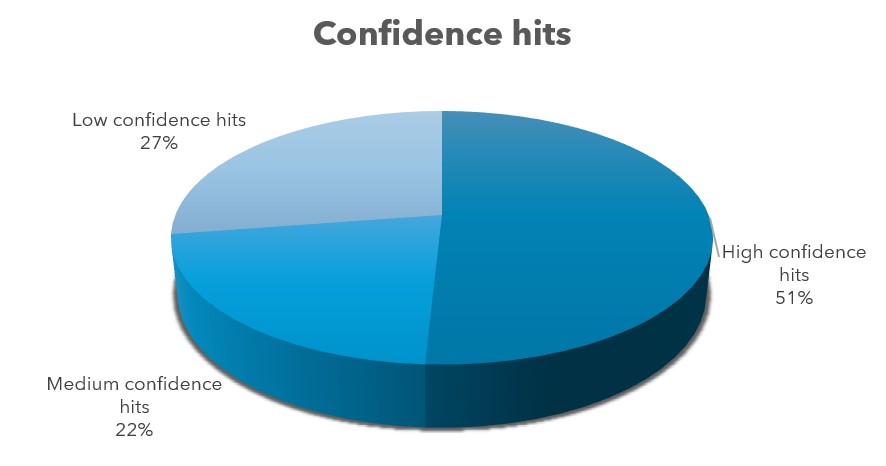The key to delivering a FBDD project was optimising the crystal system
In this case study, Ariadna Juarez-Martinez describes how optimising the crystal system for a target protein was ultimately the key to delivering a successful fragment screen for one of our clients. 152 high-confidence fragments were identified that bound across 24 binding hotspots on the target protein.
For this project fragment screening proved to be a successful start point for developing a potential inhibitor of the target, demonstrating the utility of fragment-based drug discovery (FBDD) in targeting challenging protein structures. Below is a detailed case study illustrating our approach, process, and outcome. Further background to FBDD can be found in our previous case study
Target Selection and Preparation:
Our project was a protein target involved in double-stranded DNA repair. A key requirement for fragment screening is to establish a reproducible and robust crystal system that is highly compatible with the XChem facility at Diamond Light Source. This compatibility ensures efficient and smooth data collection.
To achieve this, we initiated crystallization using three previously reported literature conditions known to yield crystals. However, only two of these conditions produced crystals. Furthermore, in these two conditions, we observed a variety of crystal forms, including ‘fan’-shaped crystals, along with heavy precipitation and microcrystals (Figure 1A). Diffraction of some of these crystals only yielded resolutions between 3.0 and 2.1 Å.
In our lab, we further optimised these crystallization conditions using additives and seeding techniques to obtain high-quality crystals (Figure 1B). These optimised crystals diffracted at resolutions ranging from 1.7 to 2.2 Å, facilitating accurate 3D structural determination via X-ray crystallography at the Diamond Synchrotron. This optimised setup now enables precise structural analysis for fragment screening.

Figure 1. Crystals before (A) and after the optimisation (B) used additive and seeds.
Fragment Library:
A library of 776 small molecular fragments (100–300 Da) from the Diamond Light Source’s “DSi-P” (Diamond-SGC-iNEXT Poised) fragment collection was used for this purpose. These fragments were structurally diverse, each containing functional groups that could be synthesised reliably from readily available compounds for quick follow-up studies.
Screening the Fragments
Fragment Binding Analysis:
Once we had a reproducible crystal system established, we screened the fragment library by soaking our target protein crystals with the DSi-P fragments then collecting X-ray data at Diamond for further analysis.
Using PanDDA software, we processed 720 successfully soaked crystals. This analysis resulted over 2000 “events”, of which ligands were successfully fitted in 299 cases (Figure 2). This was a particularly high hit rate for a fragment screen

Figure 2. Data inspection summary of the fragment screening.

Figure 3. Confidence hits found in this case studied after PanDDa analysis.
These results included:
- High-confidence hits: 51%
- Medium-confidence hits: 22%
- Low-confidence hits: 27%
From the high-confidence hits, we identified 24 distinct binding sites, highlighting several hotspots within the protein, including the active site (Figure 4).

Figure 4. High confidence hits binding at the active side of this target.
Advancing to Lead Development
The fragment hits of particular interest to the project provided a valuable starting point for developing a potent inhibitor. Through the structural insights gained our client can further improve these fragments, transforming them into promising leads with potential applications across multiple therapeutic areas.
Our Expertise in Fragment Screening
At Sygnature Discovery, we have the expertise and state-of-the-art facilities to conduct high-quality fragment screening. Our team can produce top-quality protein samples, optimise crystal conditions, and leverage our collaboration with the Diamond Synchrotron to generate high-resolution structures essential for FBDD.
To learn how our fragment screening capabilities can support your project in developing potent inhibitors, please contact us info@peakproteins.com


